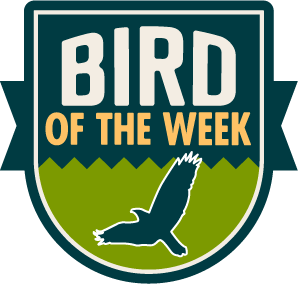"The Hooded Merganser is an eye-catching duck though many of us don't know what species it is when we see one. Both the male and female can raise or flatten the feathers on their heads, like a fan, creating either a prominent crest or a flattened oblong shape. The male has a black back and head with a large white patch on the head that varies in size when the crest is raised or lowered. Its side flanks are bright orange. Females and juveniles are gray or reddish-brown all over.
The "hoodies" are the smallest of our three merganser species and they are in the "diving" duck group, meaning they can dive and swim underwater completely submerged. This is their method for procuring food and sometimes escaping predators. In contrast, some ducks are labeled "dabblers." These are the ducks who tip upside-down with their butts in the air (think mallards). This is their method of feeding.
Some Hooded Mergansers live year-round on Okanogan County freshwater wetlands, lakes, ponds, side-channels and rivers, but many more arrive in the spring from areas just west and south of us.
Mergansers are cavity-nesters, meaning they require a tree cavity - either naturally formed or created by a Pileated woodpecker - or a nest box provided by us humans. Young are born precocial, and ducklings leave their nest cavity, which can be 10-50 feet off the ground, within 24 hours of hatching to follow and learn from their mother. We've probably all seen videos of baby ducks boldly leaping from a nest and landing on the ground with a bounce only to walk away unscathed. Quite the feat!"



 Hooded Merganser Pair captured by Mary Kiesau
Hooded Merganser Pair captured by Mary Kiesau